







Parent video: How to say the sounds – YouTube
https://www.youtube.com/watch?v=yln6PpV1G1I






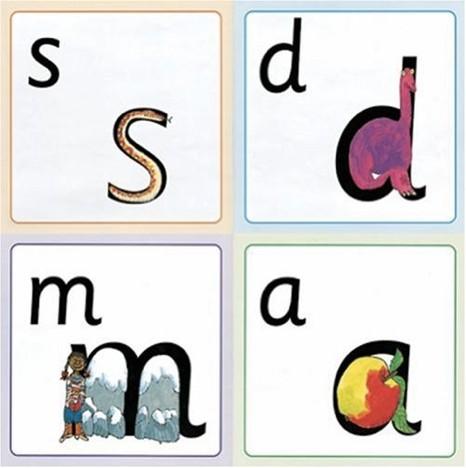

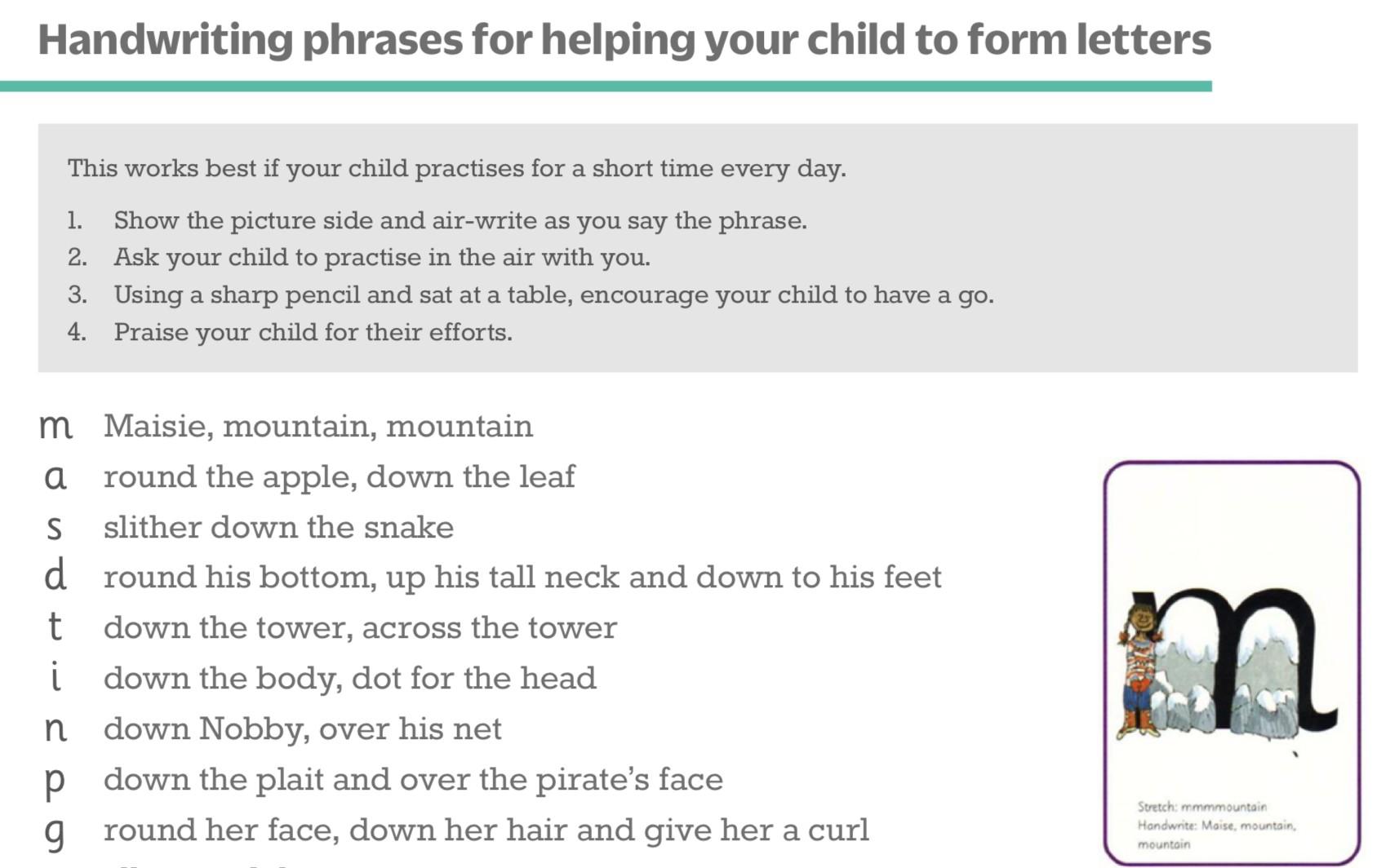

1. Look on ClassDojo regularly to see updates of what has been taught that week.
2. Practice recognising and writing the letter with your child
3. Follow the virtual classroom links or the QR codes we send home for practice session with an online teacher.









1. Say the word in sounds as Fred e.g. c-a-t.
2. Ask your child to repeat. Can they ‘jump-in’ with the whole word?
3. Say the word in sounds followed by the whole word e.g. c-a-t, cat
4. Ask your child to repeat

https://schools.ruthmiskin.com/training/module s/45
Shall we have some What would you like to Let’s put on your

?


Book Bag Books

• Extra reading practice at home
• Uniquely matched to the Read Write Inc. Phonics Storybooks.
• Reinforce children's learning of phonics at the appropriate level.
• Helps to make even faster progress in reading.

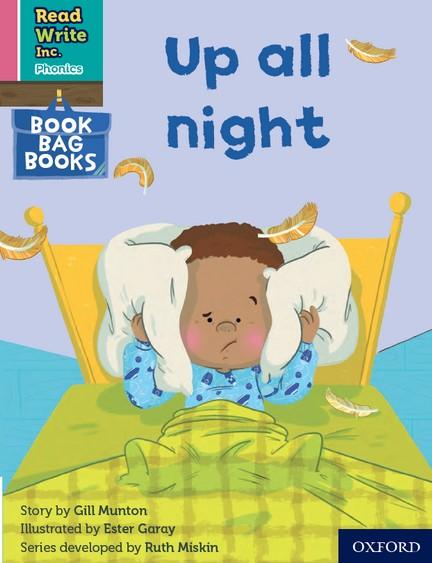
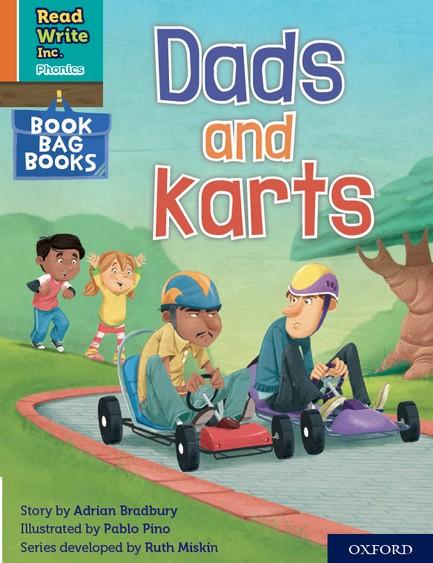
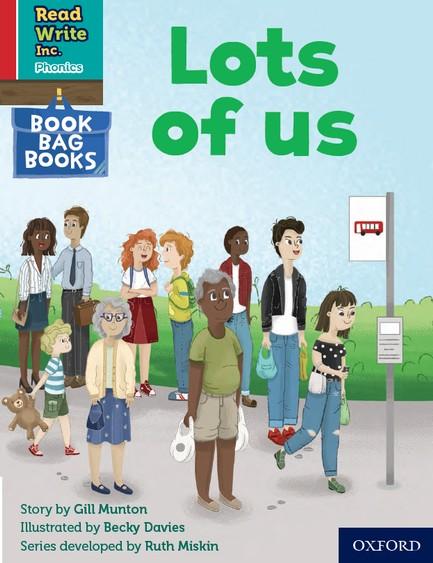
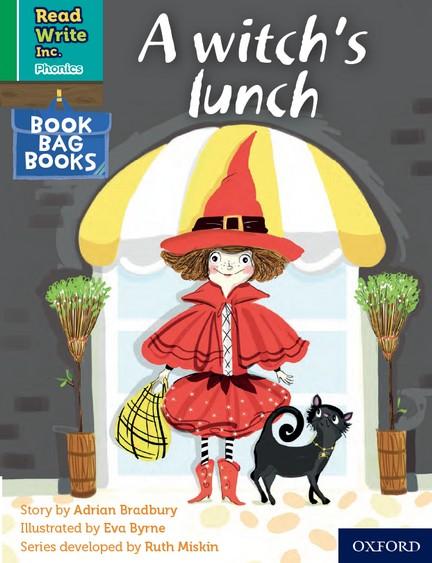

‘Special Friends’, ‘Fred Talk’, read the word

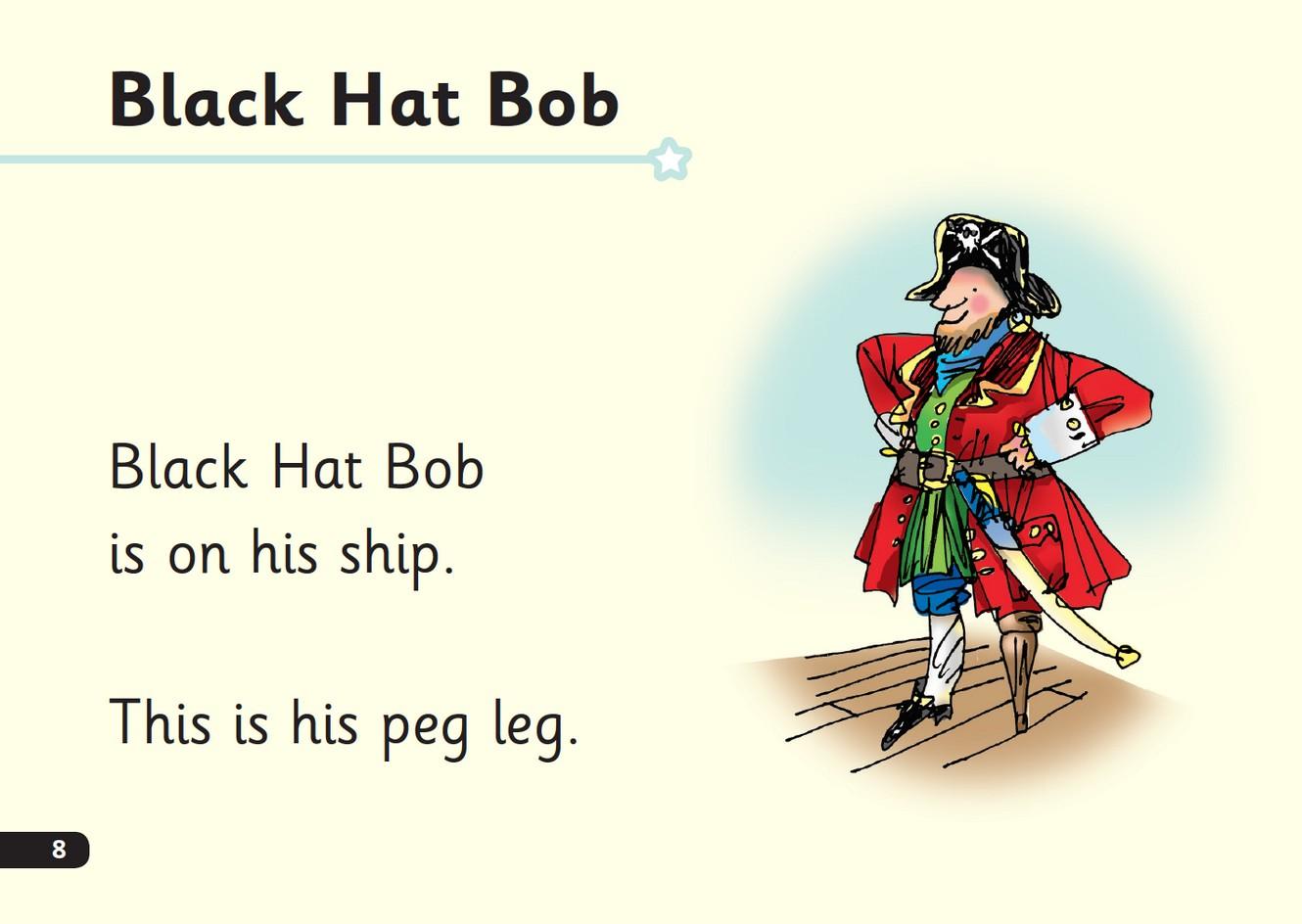



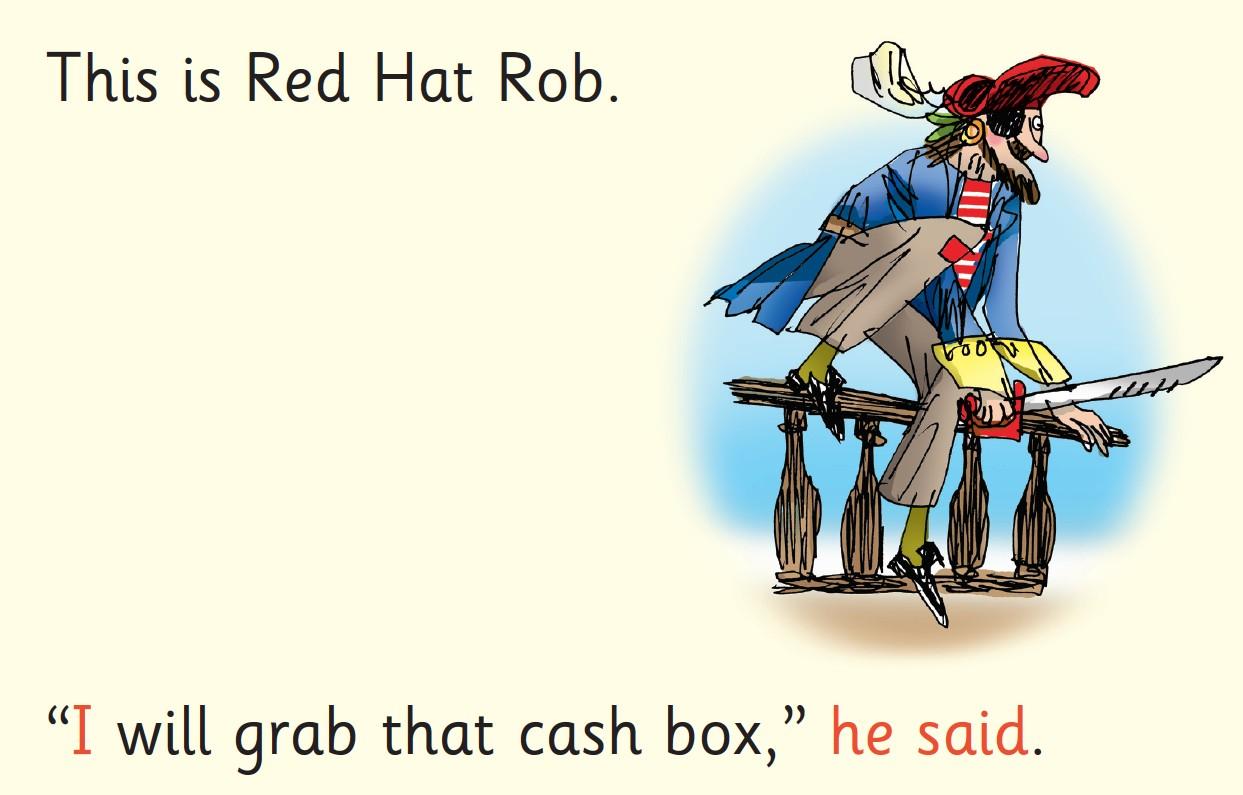

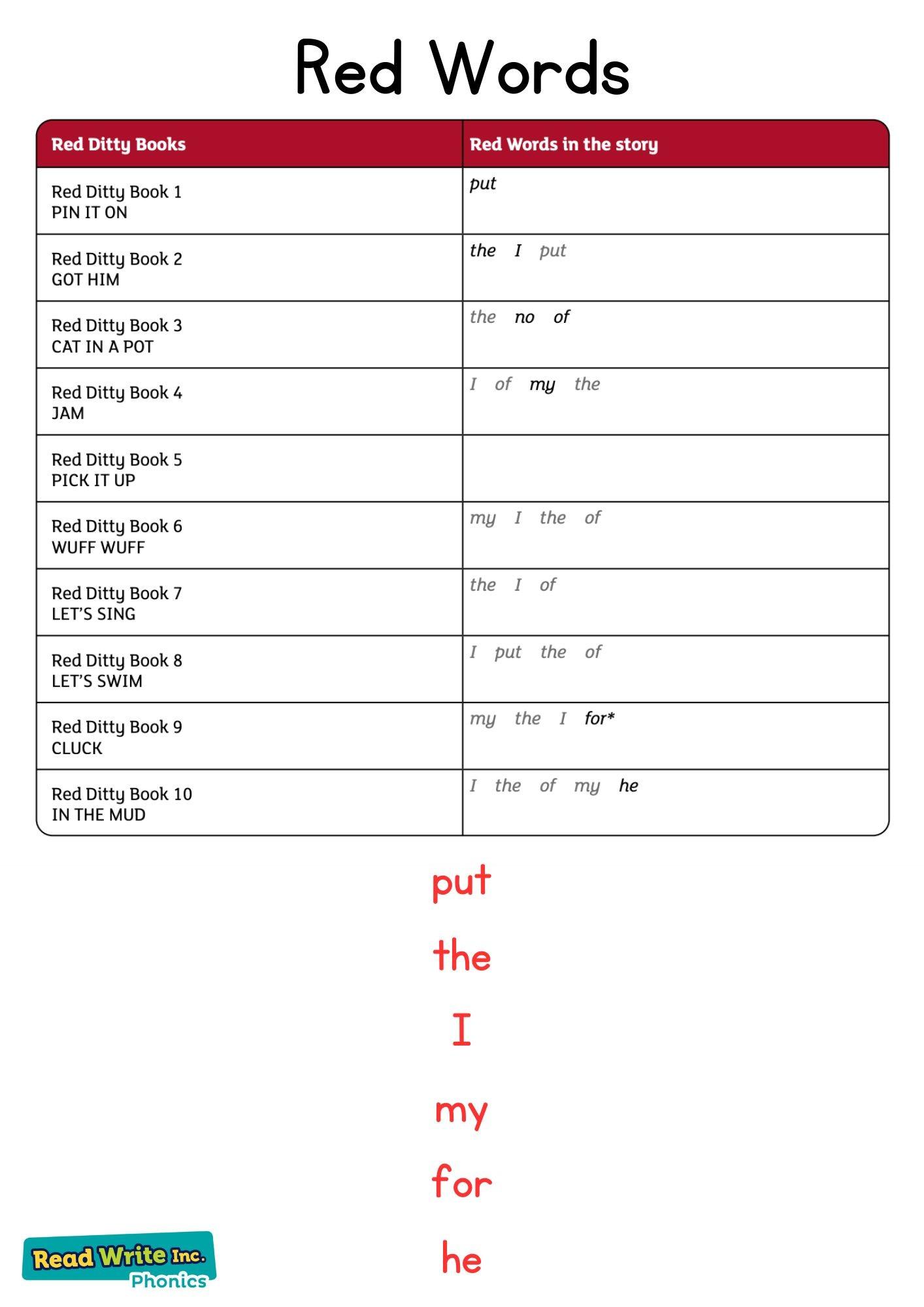

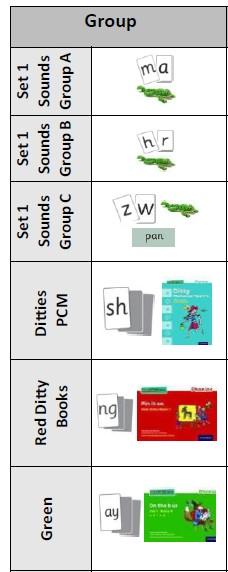

Lets look at some books !
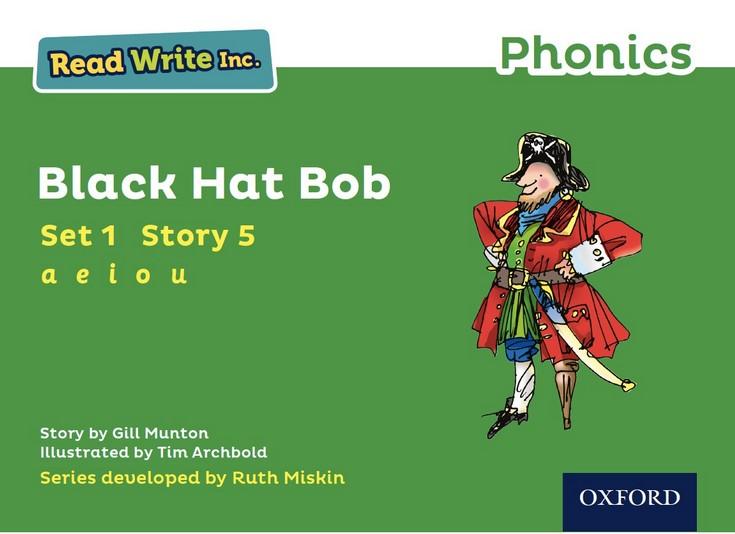

What can you do?
• Listen to your child read the same Storybook again and again
• Encourage them to use ’Special Friends’, ‘Fred Talk’, ‘read the word’
• Discuss the story and encourage their storyteller voice.
• Ensure children return their back by Thursday to get a new one on Friday.





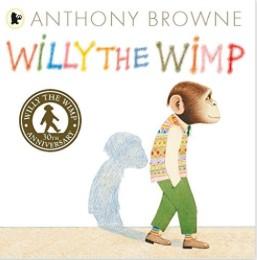

10 things your child learns when you read aloud stories and poems every day
1. Sustain attention
2. Appreciate rhythm and rhyme
3. Build pictures in their minds from the words on the page
4. Understand humour and irony
5. Use new words and phrases in different contexts - and later in writing
6. Learn new vocabulary and knowledge of the world
7. Think about characters’ feelings and use appropriate voices
8. Follow a plot with all its twists and turns
9. Understand suspense and predict what’s about to happen next
10.Link sentences and ideas from one passage to the next

